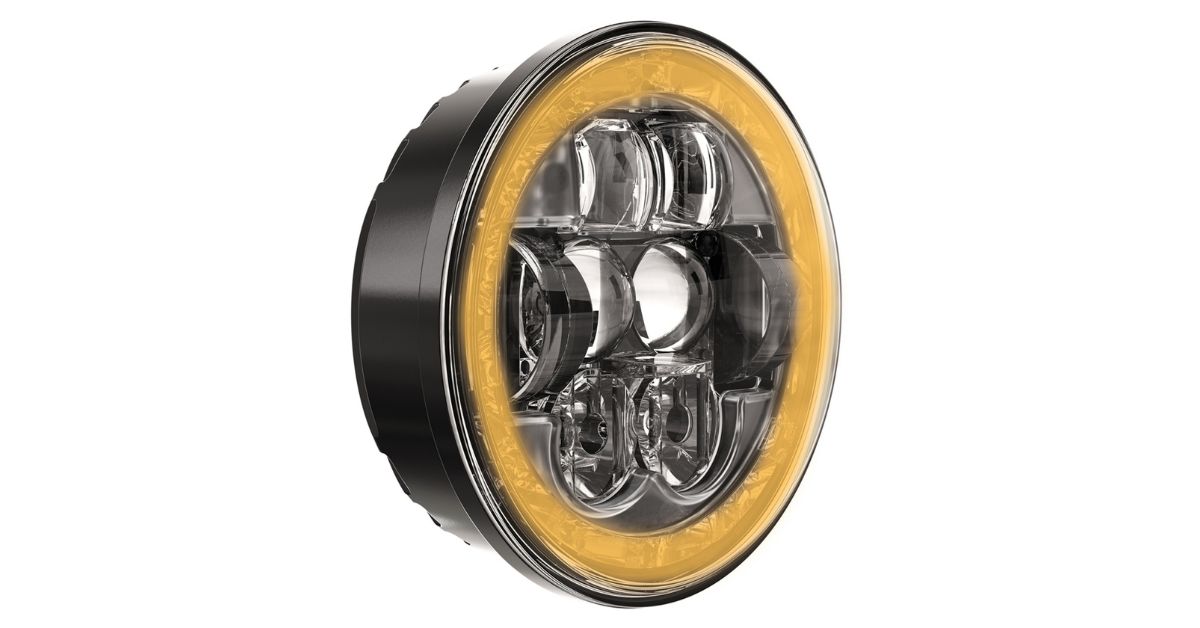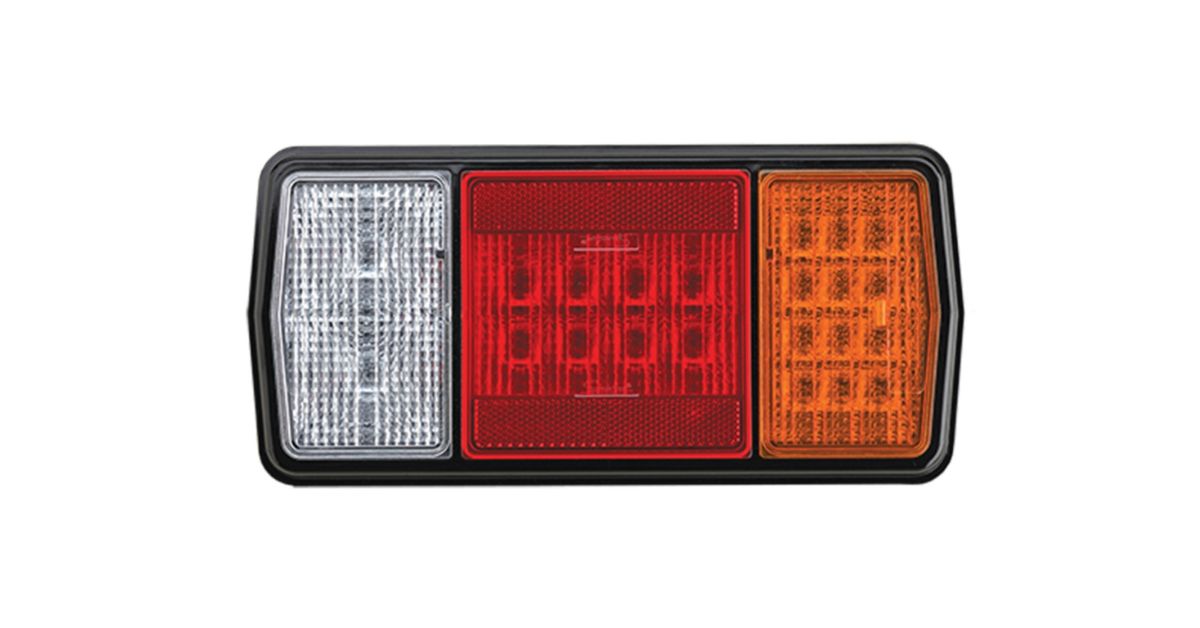
Exploring the Technology Behind Turn Indicator Lights

Turn indicator lights on vehicles are essential for road safety. These lights communicate a driver’s intent to turn or change lanes, giving other motorists time to respond.
While they may seem like minor components in the vast array of automotive technologies, turn indicator lights have greatly evolved over the years, from their humble beginnings as mechanical indicators to the sophisticated light-emitting diodes (LEDs) of today. Understanding the technology behind these lights reveals their importance in vehicle functionality and safety. Explore the technology behind turn indicator lights so you can fully understand how these components function.
The History and Evolution of Turn Indicator Lights
Turn indicator lights have a fascinating history that dates back to the early 20th century. Initially, mechanical semaphore arms were widely used to signal turns. Drivers or passengers manually operated them, extending outward from the vehicle to alert others of their intentions. While innovative for their time, these manual systems were prone to inaccuracy and inconsistency.
The introduction of electric turn signals around the 1930s marked a pivotal moment in automotive safety. These systems featured electric bulbs in simple casings. For the first time, drivers could communicate their intentions reliably.
Over the decades, automakers refined their designs and introduced new technologies. Incandescent bulbs gave way to halogen lighting, which offered brighter and more durable solutions.
Light-emitting diode technology dominates the industry. LEDs are energy-efficient and long-lasting, and they produce bright light, even in adverse weather conditions or bright sunlight. Innovations, such as sequential turn signals, have elevated the aesthetic and functional qualities of these lights. They are integral parts of modern vehicle design.
Regulatory Standards for Safety and Functionality
The importance of turn indicator lights extends beyond their mechanical and technological evolution; stringent global standards govern their use. The National Highway Traffic Safety Administration (NHTSA) in the United States and the United Nations Economic Commission for Europe (UNECE) set clear rules for brightness, color, and placement.
In many regions of the world, turn indicator lights must emit amber or orange light. This color was chosen for its high visibility and ability to grab attention. Additionally, the intensity of the light must meet minimum brightness levels to ensure it can be seen in bright daylight or adverse weather. The timing of flashes is another parameter. The interval between blinks must remain within a specific range to prevent confusion among drivers.
Meeting these standards is no small feat. Manufacturers must design and test their systems for compliance, making regulatory adherence a significant consideration in the production process.

The Technical Components of Turn Signals
Exploring the technology behind turn indicator lights requires taking a closer look at the components inside and surrounding the indicators. Turn signal systems are surprisingly intricate. The primary components include light sources, reflectors, lenses, and signal control units. Each component serves a distinct purpose, contributing to the performance and reliability of the system.
Modern turn signals use LED technology. LEDs are efficient and compact, so manufacturers can incorporate sleek designs without compromising functionality. Reflectors work in conjunction with LEDs to amplify and direct light. High-quality lenses further enhance the light output while protecting the internal components from environmental damage from dust and moisture.
The control unit, often integrated into the vehicle’s onboard electronics, regulates the flashing sequence. It ensures that the blinking pattern adheres to automotive industry standards while interacting with other electronic systems, such as hazard lights and automatic headlights.
Designing for Visibility, Durability, and Aesthetics
Creating a functional and attractive turn indicator light is as much about engineering as it is about design. Engineers must balance practical considerations, such as visibility and durability, with the need for aesthetics in order to bring together the vehicle’s style. Visibility is critical to the design of a turn signal indicator. Engineers must carefully calculate the placement and angle of the lights to maximize their effectiveness. Poorly positioned or dim lights can compromise safety, leading to potential accidents. Materials used in lenses and casings should have optical clarity and resist UV radiation for the sake of longevity.
Vehicle designers must also confirm that turn indicator lights blend seamlessly into the car’s aesthetic appeal. Modern turn signals feature intricate designs, such as thin light bars or segmented patterns, that enhance a car’s visual appeal while retaining their primary function of safety communication.

Manufacturing High-Quality Turn Signals
Manufacturing turn indicator lights involves many steps, starting with material selection. High-quality plastics or glass are ideal for the lenses, while metal and advanced polymers form the housing. Engineers carefully map the design of the reflector and other internal components with precise measurements to optimize light output.
The assembly process typically requires using automated machinery to maintain accuracy and consistency. Manufacturers will test all components for durability and compliance with automotive industry safety standards. Tests include exposure to extreme temperatures, humidity, and UV light, as well as impact resistance trials to simulate real-world conditions.
The final product undergoes quality control checks to ensure flawless performance. Bulb burnout, corrosion of electrical contacts, and physical damage to the lens can impede their functionality. Manufacturers should replace burnt-out bulbs or malfunctioning LEDs promptly to comply with safety regulations.
Illuminating the Road Ahead
Turn indicator lights may go unnoticed, but they are important components on all vehicles, regardless of where you are driving. Browse the LED blinker lights from J.W. Speaker now to find indicators that will keep you safe on the road.
Even the smallest details in automotive design contribute to larger goals of safety, efficiency, and innovation. From their humble beginnings as manual semaphores to the sophisticated, intelligent systems of today, turn indicator lights are marvels of engineering and design.
By understanding the intricate technology behind these essential components, you gain a deeper appreciation for their role in modern vehicles. Turn indicator lights are far more than just blinking bulbs on the sides of vehicles. They are vital for road safety. To stay on top of vehicle safety innovations, explore the latest advancements in turn indicator technology and how they can enhance road safety for everyone.


